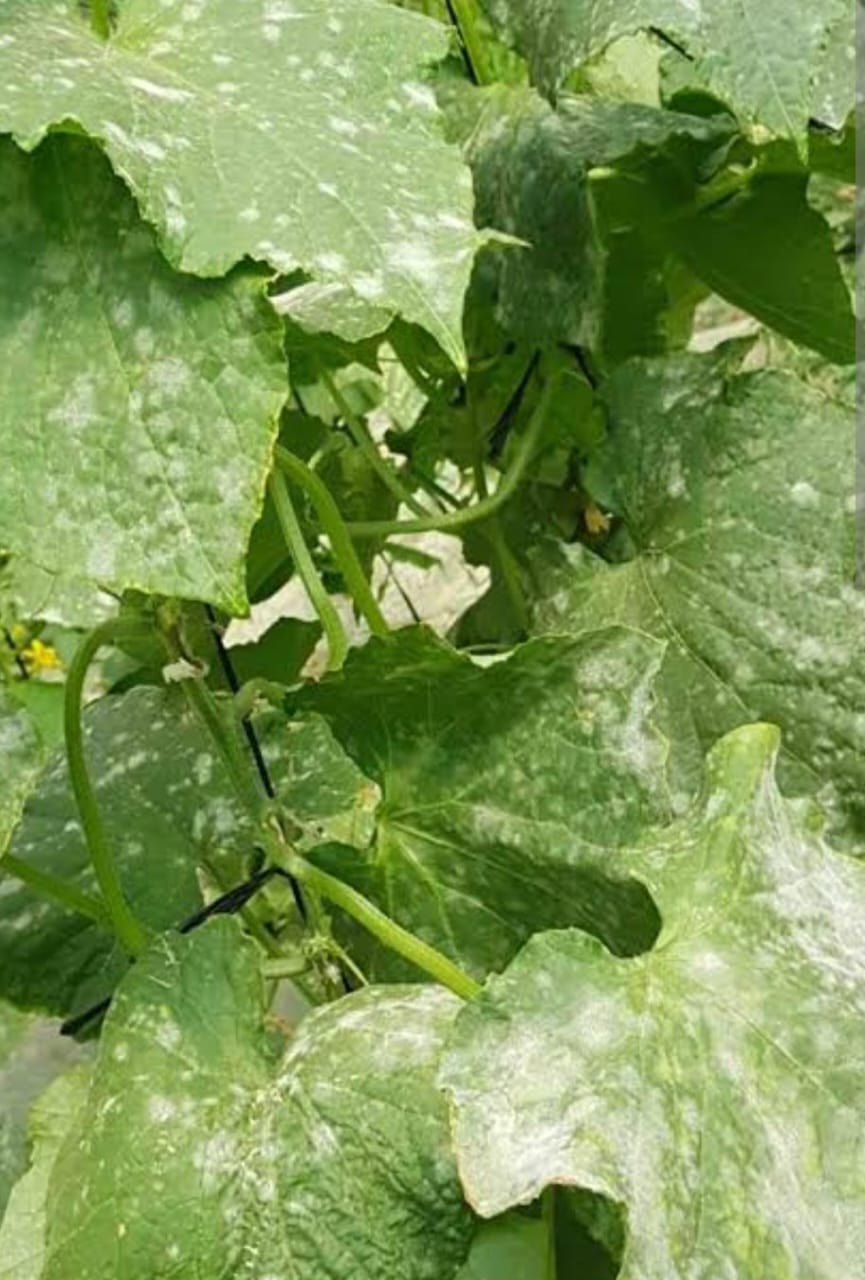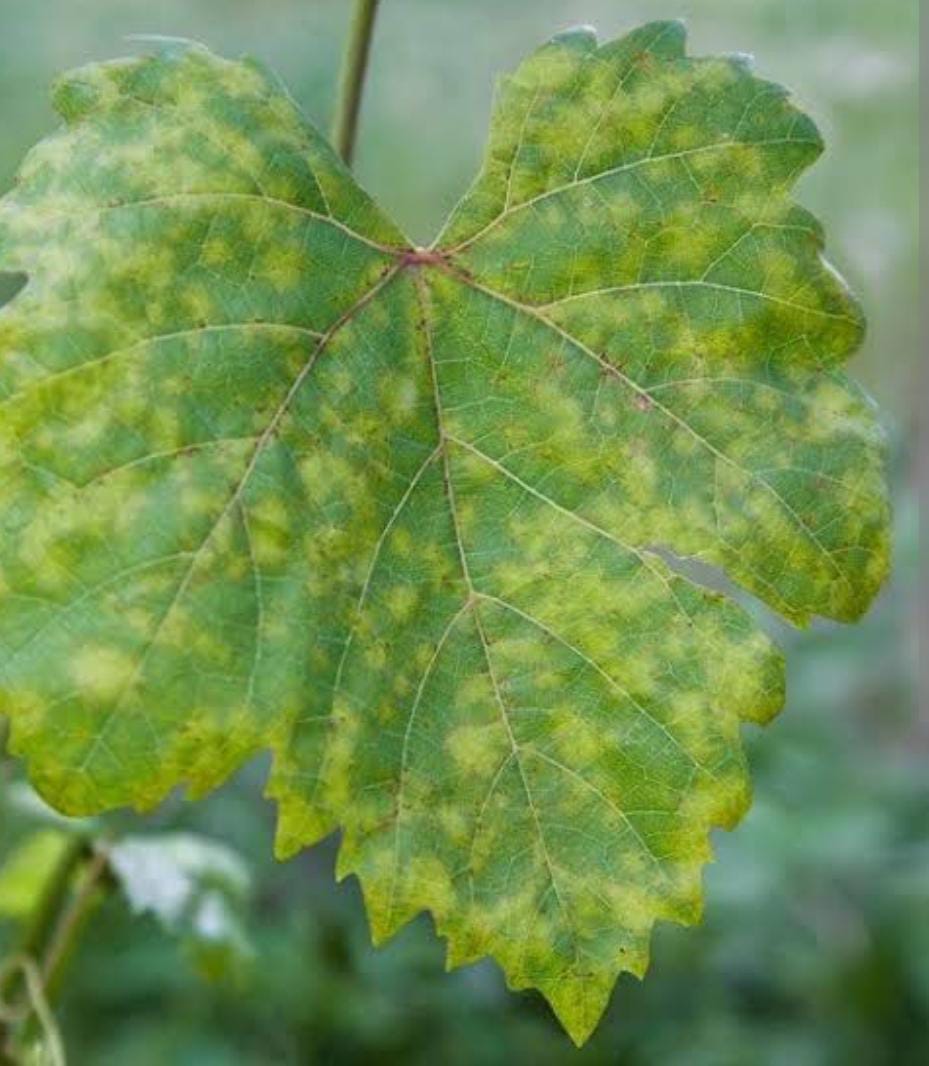Bottle Gourd Plant
Bottle Gourds, vines with a fast growth rate, thrive in well-drained soil and full sun. Hardy in zones 10-12, they are cultivated for their edible fruits and are commonly used in Indian cuisine.
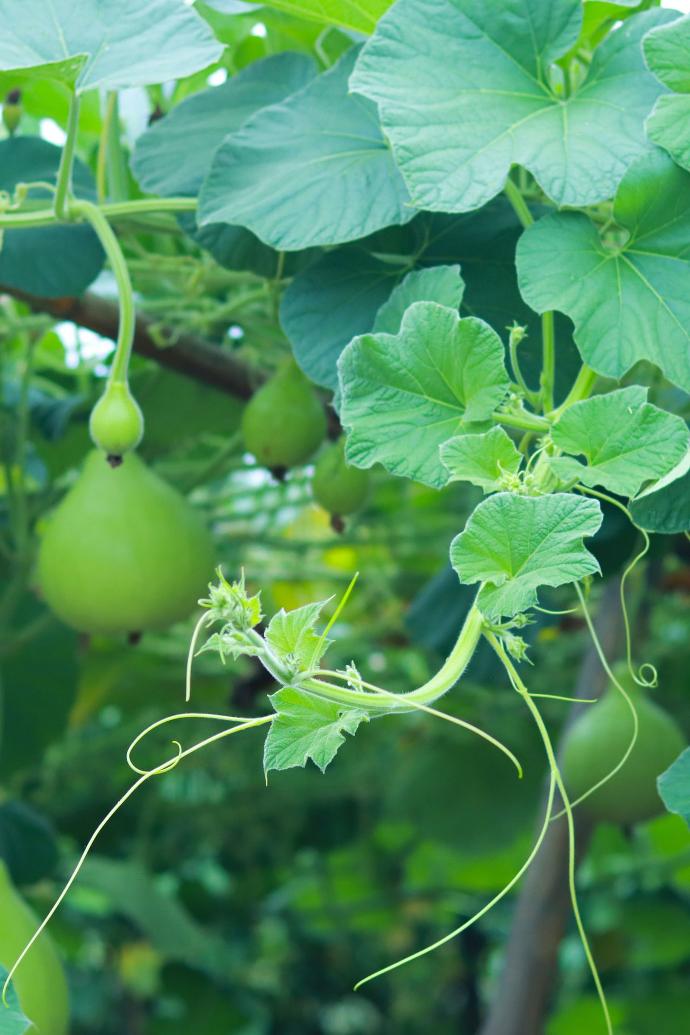
Habit
Vine
Height
2-4 m (vine)
Growth
Fast
Soil
Well-drained loamy
Shade
Full Sun
Moisture
Moderate
Edible
Yes
Medicinal
Yes
Origin
Asia, Africa
Climatic Condition
Tropical, Warm
Temperature (°)
20-35°C
Humidity (%)
50-80%
Potting media
Loam + Organic Matter
Fertilizers
Balanced NPK (10:10:10)
Watering
Regular watering
Plant Weight
1-2 kg
Flowering Time
Summer to Fall
Soil Ph level
6.0-7.5
Water Ph level
6.5-7.0
Soil EC
1.0 dS/m
Yield Per Plant
9-15 fruits on average
NPK ratio
10:05:10
life Span
1-2 years
Health Benefits
Rich in fiber, hydration, weight management
Suggested Grow Media or Potting Mix ?
50% compost, 30% perlite, 20% peat moss
Suggested Fertigation/Fertilizers
Fertilize every 2 weeks with a balanced, water-soluble fertilizer.
Common Diseases and Remedies
powdery mildew , downy mildew
whitish or dirty grey tiny powdery growth on foliage , Yellow angular spots on upper sides of leaves
select good varieties , turns brown and dry
HEALTH BENEFITS
· Supports weight loss due to high water content and low calories.
· Helps digestion and relieves constipation.
· Aids in hydration and cooling the body.
· May help regulate blood sugar and blood pressure
What Is An Bottle Gourd ?
Gourd, also known as gourd, white-flowered gourd, long melon, birdhouse gourd, New Guinea bean, Tasmanian bean is a vine cultivated for its fruit.
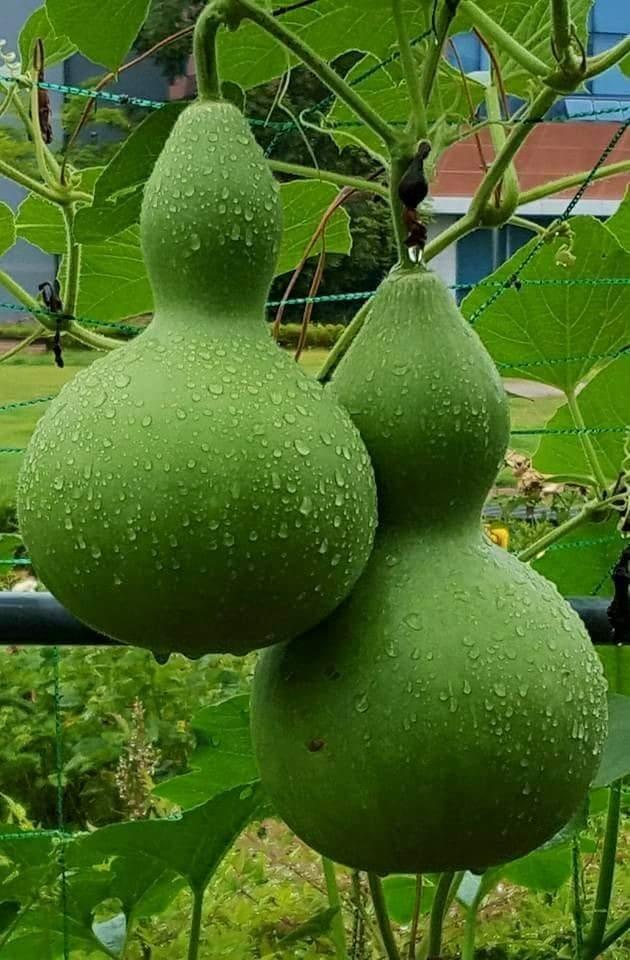
What Are The Different Types Of Bottle Gourd ?
1. Alka Nutan
It is moderately resistant to gummy bear blight (Didymella bryoniae) and has a yield potential of 46 t/ha. The fruit is pale green and medium cylindrical. This variety will be ready for the first harvest within his 56 days.
2. Arka Shryas
Resistant to gummy bear blight (Didymella bryoniae) with yield potential of 48 t/ha. The fruit is green and club-shaped. This variety is ready for the first harvest after 60 days. It is an open pollinated variety.
3. Alka Ganga
F1 Hybrid Alka Ganga is resistant to gummy bear blight (Didymella bryoniae) and has a potential yield of 58 t/ha. The fruit is green and elongated and oval in shape. This hybrid will be ready for the first harvest after 56 days after planting. It is an open pollinated variety. The fruit is of medium length and has a straight neck. When soft, the fruit skin is shiny and light green (1 kg). Resistant to flower end rot. Yield is 40-45t/ha.

How to Care Bottle Gourd ?
1. Location
Introduction to Gourd This unique name comes from the jar-like shape of the vegetable, which is filled with nutrients and 92% water . Gourd seeds germinate with minimal care. The states where this vegetable is grown are Uttar Pradesh, Haryana, Bihar and Madhya Pradesh. Grows in hot climates.
2. Sunshine
Gourds require abundant, bright, direct light. Place it within a foot of a window so it gets enough light to survive. Select a region to see how the current weather in that region affects your ranking.
3. Soil
Sandy loam soils rich in organic matter, well-drained, and with a pH range of 6.5 to 7.5 are suitable for growing gourds. This culture requires moderately warm temperatures.
4. Hydration
This beneficial vegetable is rich in water (approximately 92%) and minerals that help hydrate the body. It is also called lauki or doodi, but it doesn't get much attention. Bottle gourd is a water-rich vegetable with high vitamin C, K, and calcium content.
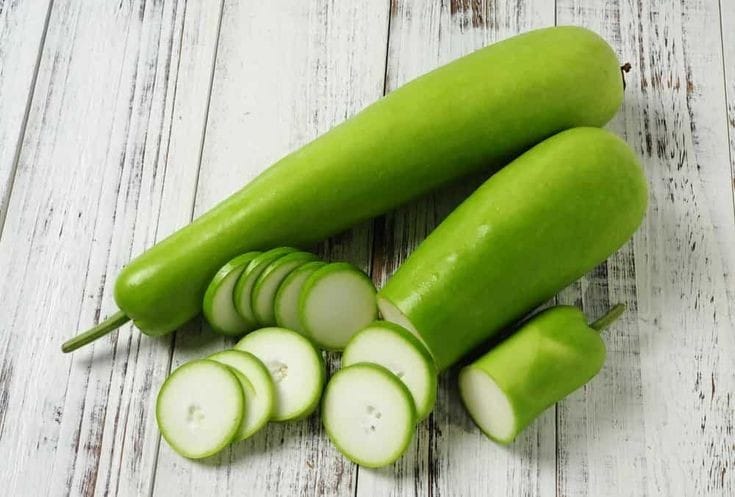
5. Nourishment
Gourd - Fertilizer Information The recommended nutrients for gourd are 70:25:25 kg NPK/ha. The amount of single fertilizer to obtain the above doses is calculated in percentage. The required fertilizer dosage is 608 grams of urea, 555 grams of phosphate rock, and 167 grams of potash salt per cent.
6. Issues
Therefore, people with low blood sugar levels should not consume lauki as consumption of lauki can be fatal. Cucurbitacins, also called tetracyclic triterpenoids, are found in gourd and are toxic. With this in mind, we recommend testing your gourd before cooking or eating it.
What are the Benefits of Bottle Gourd ?
It acts as cooling agent . Even helps in weight Loss , May also help keep the liver healthy and may also help with disease conditions and skin Health . It also helps in regulating body pressure .
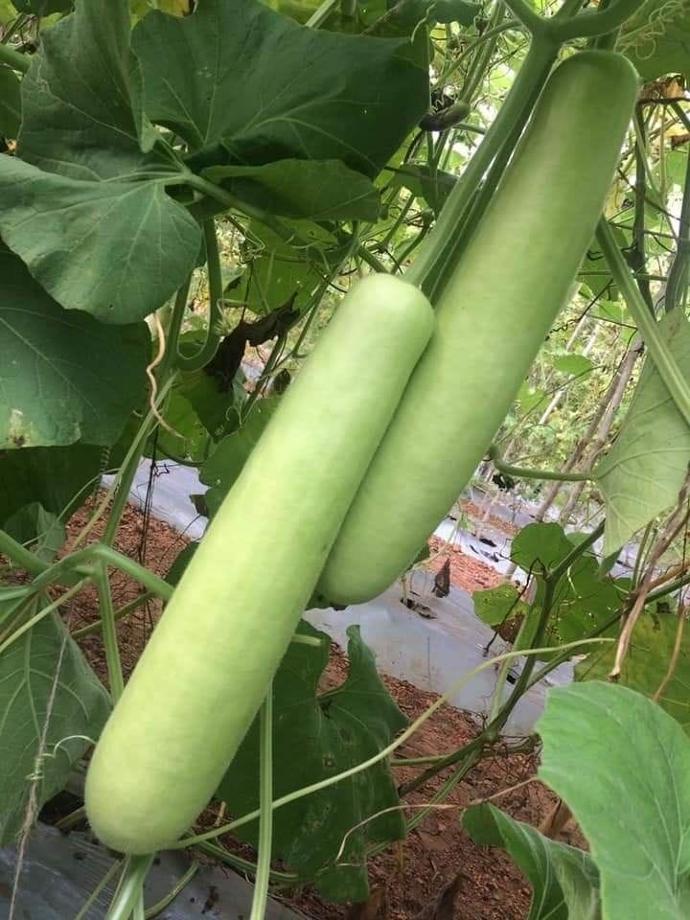
FAQs About Growing Bottle Gourd
1. What are the diseases of gourds ?
Gourds are plagued by many diseases such as anthracnose, powdery mildew, downy mildew, and wilt. This review aims to be an attempt to review the biological control of major diseases of gourd.
2. Why do my gourds wither ?
This is usually due to lack of adequate food or irrigation. Fertilize and spread it all the way to the roots. Small fruits rot: If the pumpkins are very small, they will turn yellow, eventually rot, and eventually fall off. This may be due to waterlogging or poor pollination.
3. Is gourd bad for your kidneys ?
Pumpkin can be said to be the god of vegetables that is effective against kidney disease. Types of gourds include gourds, snake gourds, gourds, striped gourds, and bitter gourds. These pumpkins are low in sodium and potassium. Therefore, it is ideal for consumption by kidney disease patients.
4. Does gourd cause flatulence ?
Therefore, vegetables such as pumpkin, gourd, bottle gourd, tomatoes, mushrooms do not cause gas production.
5. Are you allergic to gourds ?
Ingestion of bottle gourd juice can cause bleeding in the gastrointestinal area. Other: Consuming large amounts of bottle gourd juice may lower blood sugar levels. Gourd juice may cause allergic reactions in some people.


